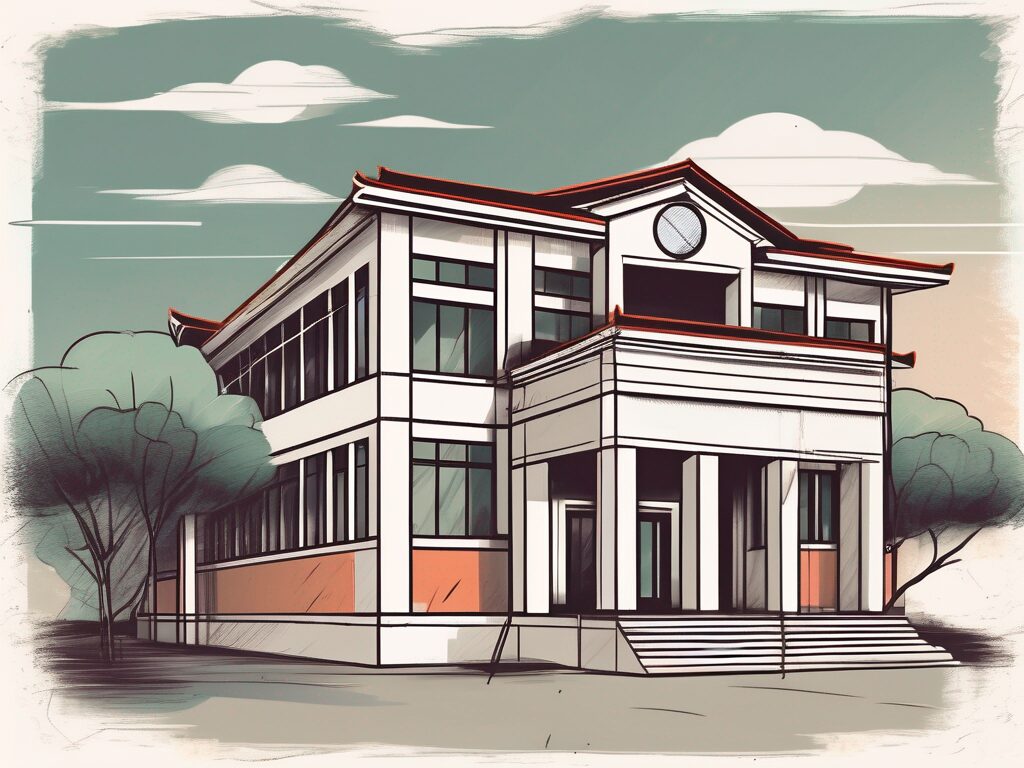Top 5 Assessment Methods in China’s Education System for 2025
In the context of global education, China’s assessment and evaluation methods are distinguished by their rigor and comprehensive nature. The Chinese education system, characterized by its high academic standards, has garnered significant attention from educators and researchers worldwide. This guide provides an in-depth analysis of the primary assessment methods employed in China, focusing on their historical foundations, current applications, and implications for student outcomes.
Historical Foundations of Assessment in China
The assessment methodologies in China have their origins in the imperial examination system, which functioned as a civil service recruitment mechanism from 605 to 1905. This highly competitive and meritocratic system laid the groundwork for contemporary educational practices in China.
Today, the legacy of this examination culture persists, particularly exemplified by the Gaokao, or National Higher Education Entrance Examination. This pivotal examination significantly influences the academic trajectories of millions of students annually, underscoring the enduring emphasis on merit and competition within the educational framework.
Key Assessment Methods
The Chinese education system employs a range of assessment methods to evaluate student performance effectively. The following are the top five assessment methods currently utilized:
1. Standardized Testing
Standardized tests are integral to the Chinese educational landscape. The Gaokao stands as the most prominent example, encompassing a broad spectrum of subjects, including Chinese, Mathematics, and a foreign language, typically English. The stakes associated with the Gaokao are considerably high, as it plays a crucial role in university admissions, akin to the SAT in the United States but with far-reaching implications for students’ futures.
Additional standardized assessments include the Zhongkao, administered at the conclusion of junior high school, and various subject-specific tests that evaluate proficiency in areas such as foreign languages and computer science.
2. Classroom-Based Assessments
Classroom-based assessments in China are characterized by their frequency and adaptability. These assessments encompass quizzes, homework assignments, and class participation, providing educators with a comprehensive understanding of student progress. Such assessments can be tailored to meet individual learning needs, although their impact on final grades may vary significantly across different educational institutions.
3. Formative Assessments
Formative assessments are employed to monitor student learning and provide ongoing feedback. These assessments are designed to inform instructional practices and help students identify areas for improvement. Regular feedback mechanisms are essential for fostering a growth mindset among students, enabling them to adjust their learning strategies effectively.
4. Peer and Self-Assessment
Peer and self-assessment practices are increasingly being integrated into the Chinese education system. These methods encourage students to engage critically with their own work and that of their peers, promoting reflective learning and collaborative skills. Such assessments can enhance students’ understanding of assessment criteria and improve their overall academic performance.
5. Performance-Based Assessments
Performance-based assessments are gaining traction in China, particularly in subjects that require practical application of knowledge, such as the arts and sciences. These assessments evaluate students’ abilities to apply their learning in real-world contexts, thereby fostering critical thinking and problem-solving skills.
Implications for Students
The assessment methods employed in China significantly influence students’ academic experiences and future career prospects. The high-stakes nature of examinations like the Gaokao can create substantial pressure; however, they also cultivate a culture of diligence and resilience among students. Conversely, the integration of formative and classroom-based assessments promotes engagement and motivation, allowing students to receive timely feedback and adjust their learning approaches accordingly.
Comparative Analysis with Global Practices
When juxtaposed with educational systems in other countries, China’s emphasis on standardized testing is notably pronounced. For instance, countries such as Finland prioritize formative assessments that focus on holistic student development rather than solely ranking performance. It is essential to recognize that each educational system possesses unique strengths and challenges, and what is effective in one context may not yield the same results in another.
Conclusion
The assessment and evaluation methods in China reflect the nation’s cultural values and historical context. While these methods are rigorous and competitive, they play a pivotal role in shaping the educational landscape. As the system continues to evolve, it is imperative for educators and international teachers to understand these methodologies to navigate the complexities of the Chinese education system effectively.
Enhancing Your Educational Expertise
For educators seeking to deepen their understanding of global educational practices, particularly in China, it is crucial to engage with comprehensive training programs. The International Postgraduate Certificate in Education (IPGCE) offers a pathway to enhance qualifications and connect with a global network of educators. By participating in IPGCE, educators can overcome the challenges posed by stringent qualifications while advancing their careers and gaining insights into diverse educational systems. Explore flexible online study options to balance professional development with existing commitments. Join the UK’s leading Teacher Training Course and transform your educational journey.

